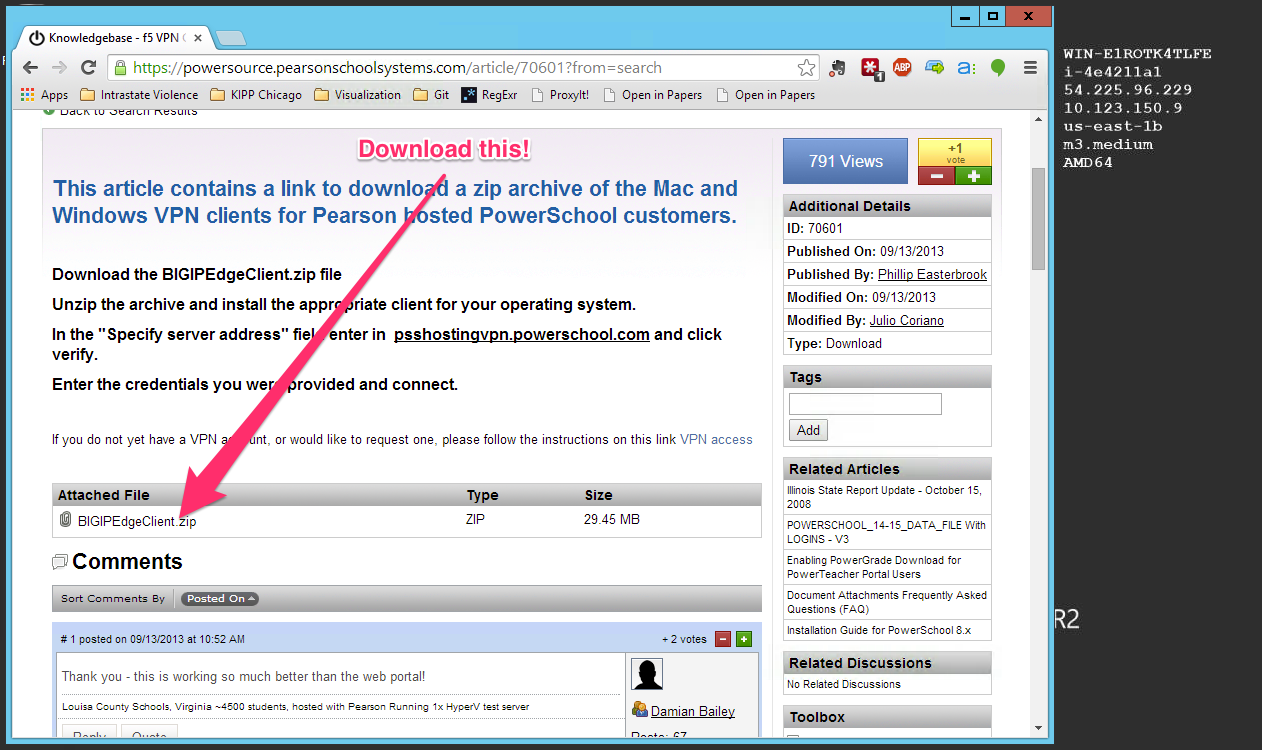
Important: Make sure you are using the most recent version of this deployment guide, available at For previous versions of this and other guides, see the Deployment guide Archive tab on f5.com: Introduction The LTM provides content compression features which improve client performance.Ģ016 (for previous versions of Exchange, see )į5.microsoft_exchange_2016.v1.0.1 and v.1.0.2rc1Ģ.8 See Document Revision History for revision details The BIG-IP LTM TCP Express feature set ensures optimal network performance for all clients and servers, regardless of operating system and version. The BIG-IP Advanced Firewall Manager (AFM), F5's high-performance, stateful, full-proxy network firewall designed to guard data centers against incoming threats that enter the network can help secure and protect your Exchange deployment. The BIG-IP Access Policy Manager (APM), F5's high-performance access and security solution, can provide pre-authentication, single sign-on, and secure remote access to Exchange HTTP-based client access services. Terminating HTTPS connections at the BIG-IP LTM reduces CPU and memory load on Mailbox Servers, and simplifies TLS/SSL certificate management for Exchange 2016. The BIG-IP LTM can balance load and ensure high-availability across multiple Mailbox servers using a variety of load balancing methods and priority rules. Why F5?į5 offers a complete suite of application delivery technologies designed to provide a highly scalable, secure, and responsive Exchange deployment.


When configured according to the instructions in this guide, whether using an iApp template or manually, the BIG-IP system performs as a reverse proxy for Exchange Mailbox servers, and also performs functions such as load balancing, compression, encryption, caching, and pre-authentication. Use this document for guidance on configuring the BIG-IP system version 11 and later to provide additional security, performance, and availability for Exchange Server 2016 Mailbox servers. Welcome to the F5 and Microsoft Exchange 2016 deployment guide.


 0 kommentar(er)
0 kommentar(er)
